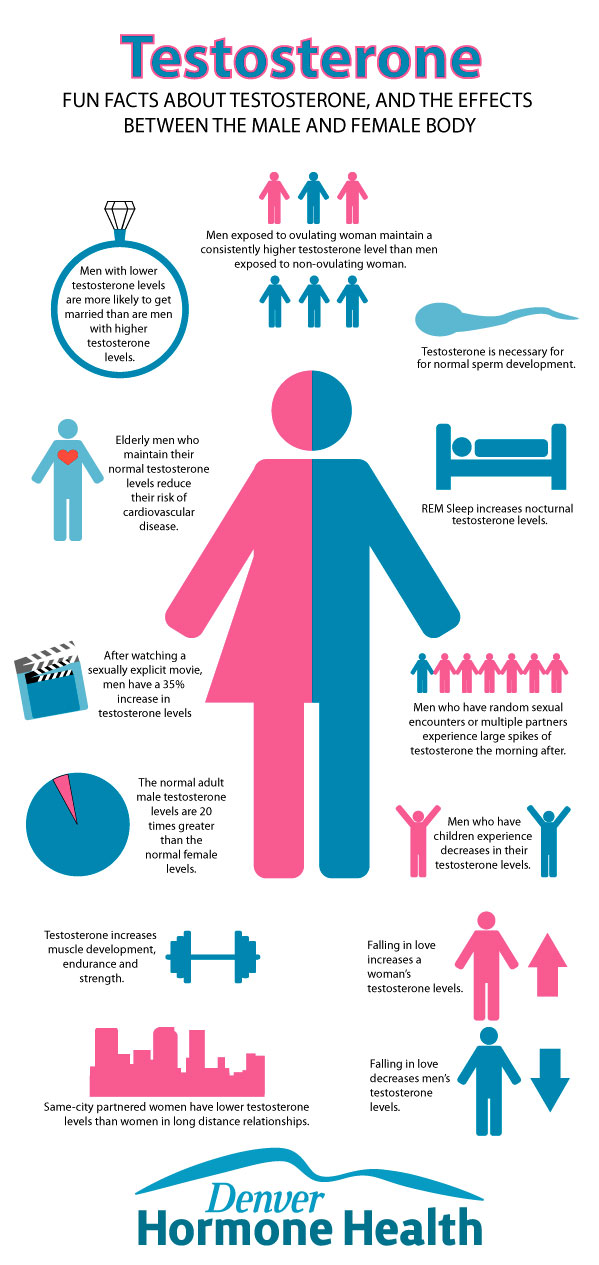History Of Testosterone
Share this Image On Your Site
Ever wondered how Testosterone was discovered and when we started using the term?
Here is a glimpse at how often we’ve seen the word “Testosterone” used throughout literature:
The History Of Testosterone Transcription:
History Of Testosterone
1849 – Arnold Adolph Berthold, a German physiologist and zoologist, pioneered experiments in endocrinology. Berthold’s research was primarily directed towards the gonads and their role in sexual characteristics. In 1849, Berthold performed a groundbreaking experiment with chicken castration.
Berthold’s discovered that testicular action was correlated to circulating blood fractions – now known as the androgen hormone family.
1889 – A Harvard professor, Charles Édouard Brown Séquard, extracted a “rejuvenating elixir” from dog and guinea pig testicles. Then, at 72 years of age, he self injected the extracted elixir before reporting that his vigor and feeling of well being were restored.
“I have made use, in subcutaneous injections, of a liquid containing a very small quantity of water mixed with the three following parts: First, blood of the testicular veins; secondly, semen; and thirdly, juice extracted from a testicle crushed immediately after it has been taken from a dog or guinea-pig.” – Séquard
Over the months of May through June of 1889, Séquard injected himself ten times with this elixir. He reported being able to work on his feet for hours at a time. He also said he could run up the stairs to his lab. Objective tests also proved that his arm strength had increased by a significant amount.
However, after suffering plenty of ridicule from his colleagues, Séquard abandoned his research on the effects of androgens.
* This wasn’t the only experiment Séquard performed on himself. Séquard also swallowed a sponge attached to a string to investigate the digestive fluids within the stomach. He was interested in what caused “rumination,” a digestive problem that caused partially digested food to come back up into the mouth to be chewed and swallowed again.
1889-1890s – Scientists all over the world started hearing about Séquard’s incredible discovery. They began to conduct experiments in hopes of truly discovering the “Elixir of Life.”
Most research was done with volunteers who were well aware of the study.
Scientist Henry Reseding was an exception to this notion. Reseding injected an elderly African American man in Bank Lick, Kentucky, without informing him. His careless act caused an infection, and the man died in terrible pain soon after. The man’s family was so upset that Reseding felt he had to leave the country immediately. However, newspapers had reason to believe that friends of the deceased may have killed him.
1890s – A seventy-year-old volunteer, Jason Gamble, from San Francisco, was injected with lamb testicular fluid. and stated,
“Why, that does not hurt at all! Just a prick of the needle and a little tingling is all!”
A few days after his injection, Gamble said he was more limber, had better digestion and had more energy. Objective tests also showed a significant improvement in his grip strength.
After word broke out, livestock dealers in San Francisco could not keep guinea pigs in stock. Doctors were buying guinea pigs in record amounts to experiment what was known as the “Brown Séquard Operation.”
1927 – University of Chicago’s Professor of Physiological Chemistry, Fred C. Koch, found a way to obtain large amounts of bull testicles — the Chicago stock yards. After acquiring the testicles, Koch’s main student, Lemuel McGee, as well as many others, began extracting the isolates (pure testosterone).
After extracting isolates from 40 pounds of bull testes, the class had acquired 20 mg of extract.
What did they do with this extracted testosterone?
They injected it into capons. A capon is a rooster whose testicles are removed at a very young age. Farmers do this so the roosters can develop without the influence of sex hormones, making them less aggressive and easier to handle.
The results were incredible. These de-masculinized roosters were re-masculinized.
1929 – Fred C. Koch and Lemuel McGee perfected their original technique. Together they created a much larger quantity of the mysterious elixir using over 1,000 pounds of bull testicles. Along with Dr. A.T. Kenyon*, they performed experiments to confirm that the formula works in humans as well as in capons.
*Dr. A.T. Kenyon as referenced in this research article: http://anabolicminds.com/forum/old-school-hormone/224228-history-testosterone.html
1930s – 1950s – Known as the “Golden Age” of steroid chemistry.
1934 – A group from the University of Amsterdam purified testosterone from bovine testicles in a manner similar to how Koch & McGee had. However, it wasn’t until three European pharmaceutical giants — Schering, Organon and Ciba — began serious, full-scale development and research programs (in the 1930s) that testosterone was truly isolated.
1935 – A group in the Netherlands was the first to isolate a few pure milligrams of testosterone. They identified the hormone in a May 1935 newspaper article titled, “On Crystalline Male Hormone from Testicles (Testosterone).”
Cut this text
After determining the hormone’s molecular structure, the Netherland’s group named it “testosterone” from the words testicle, sterol and the suffix of ketone.
Butenandt and Hanisch created the first synthetic version of testosterone from cholesterol in August of 1935. Synthetic testosterone was made available to the medical community for experimentation and treatment purposes.
1939 – The Nobel Prize was divided equally between Adolf Friedrich Johann Butenandt (for his work on sex hormones) and Leopold Ruzicka (for his work on polymethylenes and higher terpenes). These men were the first to discover how to synthesize testosterone from cholesterol.
* Only Ruzicka accepted the award. Butenandt remained at home.
1950s – Scientists discovered a longer-acting form of testosterone and could tailor the effect of the steroid to be anabolic or erythropoietic (to stimulate red blood cell growth). These versions were used to increase strength through increasing red blood cell production. Testosterone could only be given by injection or by a subcutaneous pellet. The hormone was ineffective if taken orally.
1958 – Doctors began to inject testosterone into ill patients to help them regain their strength and gain weight.
1967 – The International Olympic Committee decided to ban performance-enhancing drug use during Olympic competitions.
1970s – ‘Undecanoate,’ a version of testosterone, was produced and could be taken orally.
1988 -The United States of America banned the use of steroids for non-medical uses.
1990s – A transdermal patch form of testosterone was invented to treat hypogonadism.
1999 – The World Anti-Doping Agency was created.
2000s – Transdermal testosterone gel became a standard delivery method within the United States.



